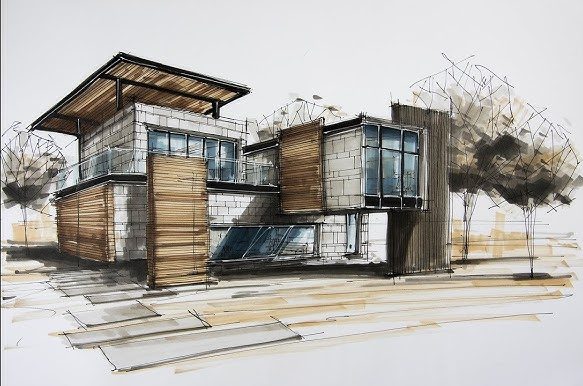Creating a lasting impression at an exhibition starts with a well-thought-out stand booth. The visual appeal is often the first element that draws visitors in, so it is essential to ensure your design is both eye-catching and relevant to your theme or message. A clean, modern aesthetic can make your booth stand out, even in a crowded event space. Functionality is just as important as appearance. A booth should be designed not only to look good but also to serve the needs of staff and visitors. Efficient use of space, accessible storage areas, and clearly marked sections for demonstrations, information, and interaction can greatly improve the user experience. When visitors can easily navigate and engage with the booth, it encourages them to stay longer and interact more deeply with the offerings.
Incorporating interactive elements can significantly enhance engagement. Touchscreens, virtual or augmented reality demos, and interactive product displays invite visitors to explore and experience your services or products in a more personal way. These elements transform the booth from a static display into an active environment where visitors can immerse themselves in what you offer, increasing the likelihood of memorable interactions. Clear messaging is crucial to communicate your goals and values quickly. With only a few moments to grab attention, exhibition stand manufacturers concise taglines, well-placed signage, and strategically located graphics can deliver your message effectively. Avoiding clutter and focusing on key takeaways helps ensure that visitors understand your purpose and offerings without feeling overwhelmed.
Staffing also plays a pivotal role in the success of an exhibition booth. Well-trained, approachable personnel who are knowledgeable and enthusiastic about the product or service can create meaningful conversations and leave a strong impression. Their ability to listen to visitor needs and respond effectively adds a human touch that technology and visuals alone cannot provide. Finally, integrating follow-up strategies within the aplus expo booth experience ensures that the connection continues beyond the event. Simple tactics like collecting contact information through QR codes, offering digital brochures, or scheduling follow-up meetings on the spot can extend the value of every interaction. A great booth not only captures attention but also lays the foundation for lasting relationships.





